STEP
Introduction
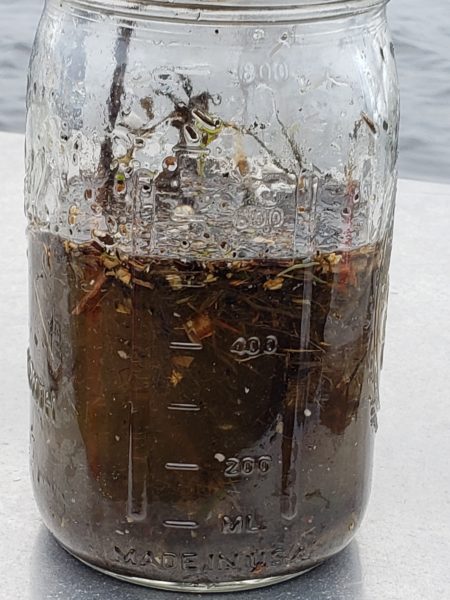
Welcome to NY/NJ Baykeeper’s STEP (Scientific Teaching to Eliminate Plastics) Microplastics Monitoring Program!
This program will focus on education and outreach to citizen scientists of all ages in the Hudson-Raritan Estuary (HRE). Through hands-on programs and educational materials, students/citizen scientists will learn about how microplastics enter our local waters, the effects of plastics on wildlife and marine ecology and how we can prevent future plastic pollution.
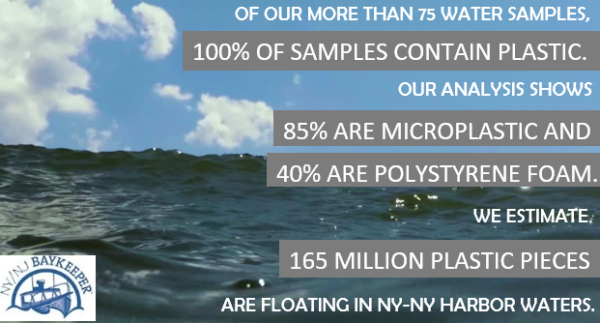
Plastic Pollution
Plastic pollution in the Hudson-Raritan Estuary has reached a high point. Both macro-and microplastics are found within the estuary, though microplastics are of greater concern as aquatic life can ingest these pieces, leading to increased mortality among several key species in the estuary. A 2016 report by NY/NJ Baykeeper found that 85% of plastics found in the harbor were small microplastics (smaller than 500mm) and estimates that upwards of 165 million plastic particles are floating within the HRE. Small particles of foam and jagged plastic fragments were the most common types of plastic sampled, though plastic fibers, pellets and films were also found.
Many residents living near the shorelines of the HRE and its tributaries, including the Passaic, Hackensack, and Raritan Rivers, are more likely to be impacted by household trash and urban wastes ending up in tributaries via urban runoff. Once in the rivers and estuary, many large pieces (such as macroplastics) break down over time due to wave action and photodegradation.
For resources and to learn more about our fight to prevent plastics pollution here!
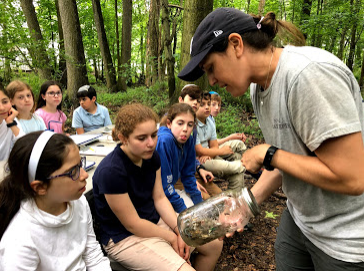
Education
The STEP program will focus on marine life in the local estuary, including fish and shellfish, plankton, birds, mammals and plants.
The program seeks to answer the following questions:
1. How does plastic enter our waterways?
2. How does plastic affect marine life in our waterways?
3. What can we do to prevent plastic pollution?
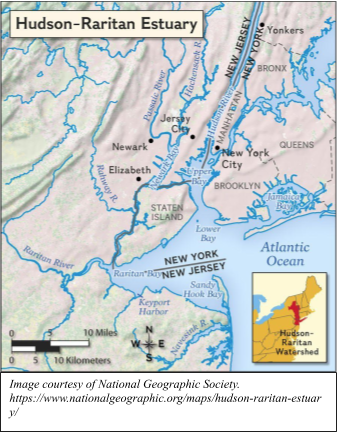
The Hudson Raritan Estuary (HRE)
The waters surrounding Staten Island, Manhattan, northern New Jersey, and the rest of the New York City urban area are known as the Hudson-Raritan Estuary. This estuary extends down from the freshwater tidal reaches of the Hudson River (Tappan Zee Bridge) to Sandy Hook, and encompasses such areas as the Hudson and East rivers, Arthur Kill, Raritan Bay and Newark Bay, and all the tributaries that flow into the estuary.
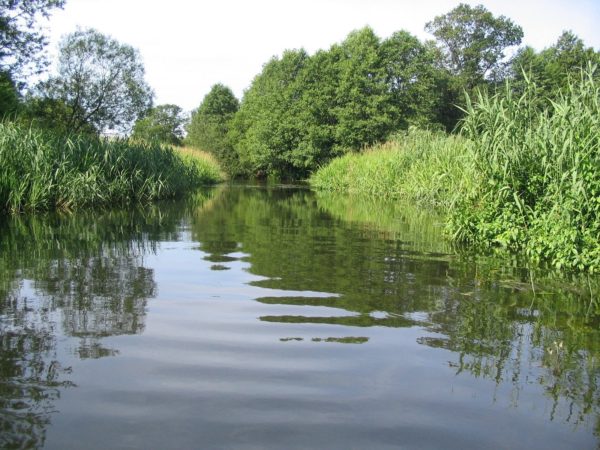
The estuary is of historical importance, as this is where Henry Hudson first sailed into the Americas. The estuary teemed with life then, with abundant fish, bivalve, and crustacean populations as well as healthy salt marshes and coastal communities. However, decades of urbanization, replacement of natural shorelines with armored shorelines (bulkheads), dredging to create shipping lanes, and overfishing of key stocks has led to the environment we observe today.
Plastics Pollution in the Marine Environment
Plastics is now one of the top pollutants in the oceans, and a growing threat to the health and safety of our aquatic ecosystems. Plastics have been found in every ecosystem, from the pristine headwaters of streams to the bottom of the deepest ocean trenches. There are reports of plastic found in all organisms, including plankton and algae at the base of food chains, up to top predators (including humans!). Ingestion of plastic particles is a huge problem to marine life, who often mistake small bits of plastic (microplastics) as food particles and accumulate high concentrations of these microplastics inside their bodies.
How does this plastic get into the estuary? Most microplastics enter the waters as larger pieces of plastic from CSO drains, urban runoff, and point source pollution. Litter from streets nearby the estuary can wash off into the water during storms, or wash into the sewers which can overflow during heavy rains. (Not sure what a CSO- Combined Sewer Overflow- is? Click here for more information!). These larger particles can breakdown into smaller fragments via photodegradation (from UV rays and heat from sunlight) and also mechanical degradation (from wave action).

A recent study by the NY/NJ Harbor Estuary Program (along with Ocean Conservancy NJ) found that of all beach cleanups performed in the HRE in 2016, 77% of debris found was plastic waste. In 2015, NY/NJ Baykeeper and Rutgers University did a harbor-wide study looking at presence and abundance of microplastics in the water and found that an estimated 165 million pieces of plastic are present in the estuary, with over 85% of that waste being characterized as microplastics (smaller than 5mm size). The most prominent type of plastic Baykeeper found was foam, followed by fragments and films. Coastal areas are known to have higher concentrations of microplastics, as are urban environments; therefore, the extremely urbanized HRE is already at a disadvantage!
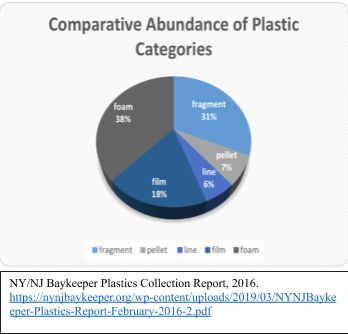
How do microplastics affect living organisms in the HRE?
Ingestion of plastic particles has been known to occur in all marine organisms, from the tiniest plankton to the largest whales. A quick google search yields scary results- whales and other large mammals and fish at the top of the food chain are regularly washing up on shore with loads of plastics in their stomachs. Sea turtles, dolphins, and other large animals are prominently displayed in the news when they are entangled in fishing gear and other plastic pollutants (you’ve probably seen that video of the straw being pulled out of the turtle’s nostril!). The WWF estimates that over 100,000 marine mammals are killed by plastic pollution a year!
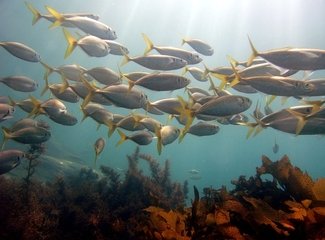
It is the ingestion of small microplastics at the base of the food chain, however, that is of utmost importance. Plastics tend to amplify as the go up the food chain, bioaccumulating at different feeding levels. Microplastics (either particles that began small- such as microbeads and microfibers- or fragments of larger plastic debris) can be ingested by zooplankton and small crustaceans which are the food for many bivalves, fish and mammals are ingesting microplastics. This ingestion is leading to disruptions in food chains and a loss of top predators as they die from plastic pollution. Organisms may die from the physical effect of the plastic (such as clogged respiratory and feeding structures), or the toxicity effects of the plastic pollution (poisoning due to plastic residue or many contaminants which may absorb to the outside of the plastic particles).
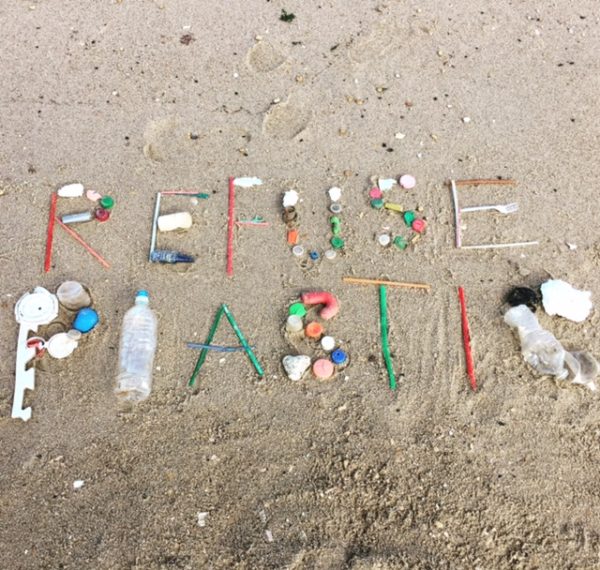
Downloadable Education Materials
Schedule a STEP Program Visit!
For more information about the STEP Program and to schedule a STEP Program visit with your class/group/troop, please email Dr. Allison Fitzgerald at [email protected]
NY/NJ Baykeeper® Volunteer Program Assumption of Risk Form
Download Form Here
Plastics Legislation in New Jersey
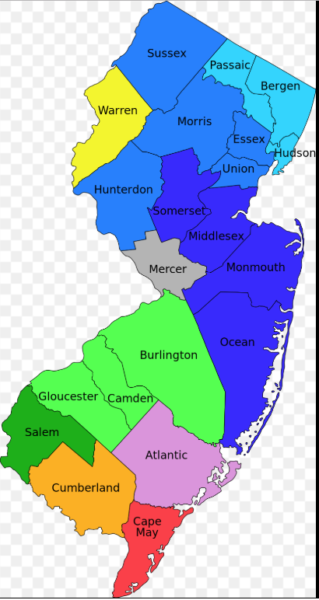
A1218
Provides for decrease and eventual ban on the use of non-compostable Plastic grocery bags. [Last Session Bill Number: A2396]
- 1/9/2018 Introduced, Referred to Assembly Environment and Solid Waste Committee [Last Action as of June 2019]
A4040
Provides for decrease and eventual ban on the use of non-compostable Plastic carryout bags.
- 5/24/2018 Introduced, Referred to Assembly Environment and Solid Waste Committee [Last Action as of June 2019]
A4349
Requires DEP to establish a program to facilitate recycling of single-use Plastic bags and Plastic film.
- 8/27/2018 Introduced, Referred to Assembly Environment and Solid Waste Committee [Last Action as of June 2019]
A4394
Prohibits facility where food or beverages are consumed from providing Plastic straws or stirrers unless expressly requested by consumer.
- 9/13/2018 Introduced, Referred to Assembly Environment and Solid Waste Committee [Last Action as of June 2019]
S2776
Prohibits carryout bags made of Plastic film, polystyrene foam food service products, and single-use Plastic straws; assesses fees on paper carryout bags.
- 6/25/2018 Introduced in the Senate, Referred to Senate Environment and Energy Committee
- 9/27/2018 Reported from Senate Committee as a Substitute, 2nd Reading
- 9/27/2018 Referred to Senate Budget and Appropriations Committee
Assembly Version: A4330 - 7/30/2018 Introduced, Referred to Assembly Environment and Solid Waste Committee
S3250
Establishes ” Plastic Pollution Task Force” to study ways to reduce and address Plastic pollution.
- 12/6/2018 Introduced in the Senate, Referred to Senate Environment and Energy Committee
- Assembly Version: A4715
- 11/26/2018 Introduced, Referred to Assembly Environment and Solid Waste Committee
SCR135
Urges cooperative approach among all levels of government to provide funding and other resources to clean up Plastic pollution.
- 9/17/2018 Introduced in the Senate, Referred to Senate Environment and Energy Committee
- 9/27/2018 Reported from Senate Committee, 2nd Reading
- 12/17/2018 Passed by the Senate (40-0)
- 1/15/2019 Received in the Assembly, Referred to Assembly Environment and Solid Waste Committee
- 2/14/2019 Reported out of Assembly Committee, 2nd Reading
- Assembly Version: ACR198
- 10/22/2018 Introduced, Referred to Assembly Environment and Solid Waste Committee
- 2/14/2019 Reported out of Assembly Committee, 2nd Reading
SCR136
Urges federal government to take action to require manufacturers of single-use Plastic products to assume responsibility for pollution caused by those products.
- 9/17/2018 Introduced in the Senate, Referred to Senate Environment and Energy Committee
- 9/27/2018 Reported from Senate Committee, 2nd Reading
- 10/29/2018 Passed by the Senate (25-5)
- 11/26/2018 Received in the Assembly, Referred to Assembly Environment and Solid Waste Committee
- Assembly Version: ACR194
- 10/15/2018 Introduced, Referred to Assembly Environment and Solid Waste Committee
New York Legislation
- New York will become the third state after California and Hawaii to institute a ban on single-use plastic bags that will take effect in March 2020.
